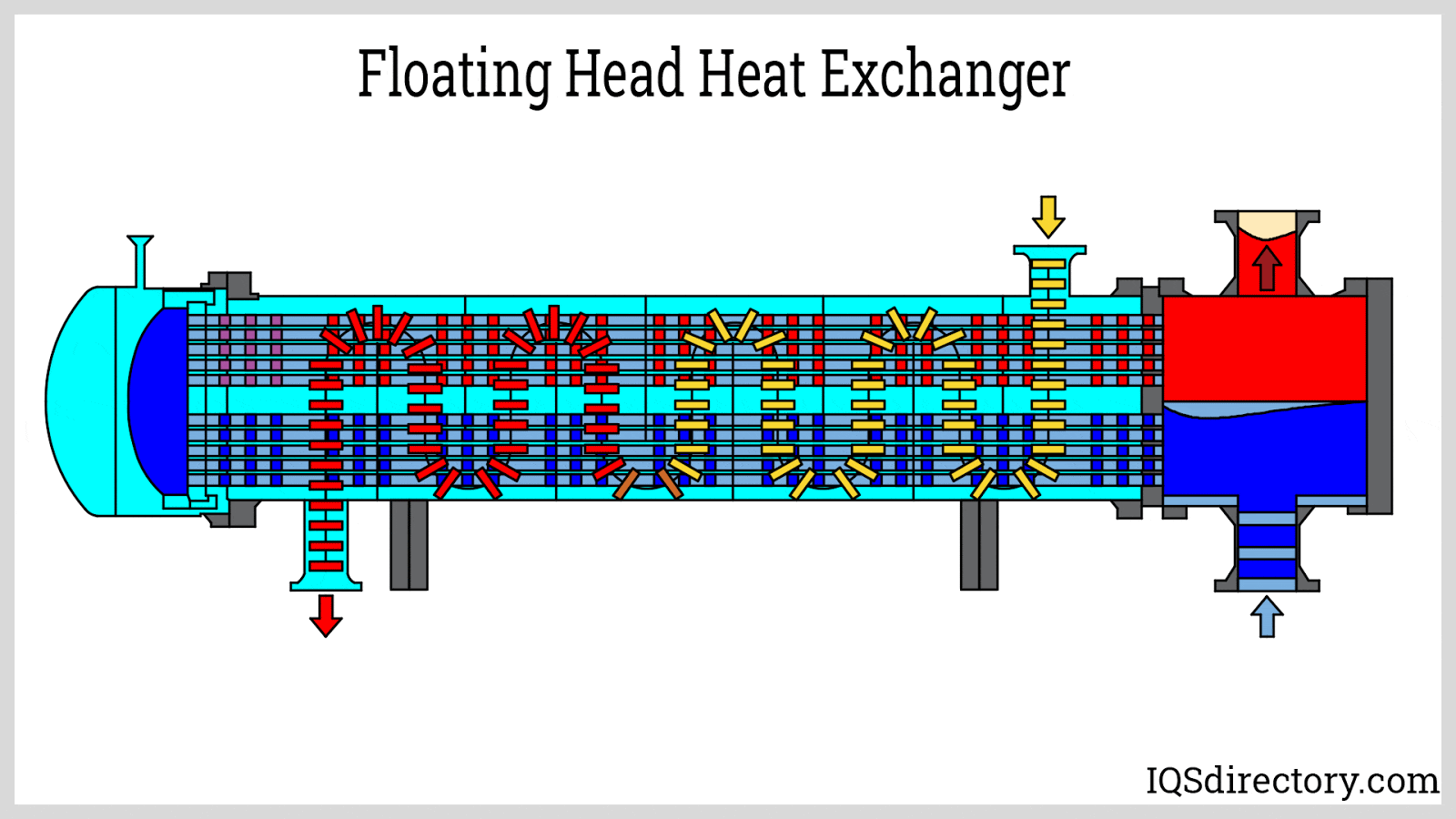Heat exchangers are essential in a variety of industrial processes, acting as essential devices that facilitate the movement of thermal energy between two or more liquids. Whether in manufacturing, energy production, or HVAC systems, these devices are vital for enhancing energy efficiency and guaranteeing optimal operations. Understanding how heat exchangers function and their different kinds can significantly improve our appreciation of their importance in both industrial applications and everyday life.
In this article, we will explore the various kinds of heat exchangers, explore their uses across multiple industries, and highlight the importance of regular maintenance to prevent performance issues. Starting with the traditional shell and tube designs to modern compact models, we will also cover factors to consider when selecting the right heat exchanger for your particular requirements. As Extra resources anticipate the future, it is essential to recognize the continuous improvements in heat exchanger technology and how they play a role to sustainable practices in an ever more energy-aware world.
Forms and Uses of Heat Exchangers
Thermal exchangers are key components in a wide range of commercial purposes. The primary kinds of heat exchangers include shell-and-tube exchangers, plate heat exchangers, and air-cooled exchangers. Shell and tube heat exchangers consist of a series of tubes, one group carrying the heated fluid and the other the cold fluid, allowing for effective thermal exchange between them. Plate exchangers, on the contrary, employ several thin sheets to create channels through which liquids flow, providing a greater surface area for thermal exchange in a space-saving design. Air-cooled heat exchangers make use of ambient air to lower the temperature of liquids, making them suitable for uses where water is scarce.

In the chemicals sector, heat exchangers are integral for operations such as distillation, where they enable the transfer of thermal energy to maintain optimal temperatures for chemical processes. Similarly, in energy facilities, heat exchangers play a critical role in transforming the thermal energy produced from fuel combustion into power. Their applications extend to food and beverage processing, where maintaining specific temperature parameters is important for security and quality.
The adaptability of thermal exchangers also makes them essential in HVAC systems, where they control heat and ensure satisfaction in structures. In sustainable energy systems, thermal exchangers help capture and transfer energy from sources like solar and geothermal energy. As industries evolve, the creation of bespoke thermal exchangers customized to meet unique requirements continues to enhance their uses across different sectors.
Energy Conservation and Maintenance
Heat transfer devices play a crucial role in improving energy efficiency across diverse industrial applications. By shifting heat between fluids, they lower the need for additional warmth or temperature reduction, which can significantly decrease energy expenditure. In various applications, enhancing the thermal exchange method can lead to substantial financial benefits and diminished environmental impact, making these systems essential for industries committed to eco-friendliness.
Regular servicing of heat exchangers is crucial to ensure they perform at maximum efficiency. StandardXchange , a frequent problem caused by the collection of undesirable materials on heat transfer surfaces, can hinder functionality and lead to higher energy use. Scheduled evaluations and maintenance can prevent these reductions in performance and extend the usable life of the equipment. Using real-time monitoring tools can also aid in identifying performance degradation promptly, allowing for timely maintenance interventions.
Additionally, picking the suitable substances, such as corrosion-resistant steel for its durability, can boost the life span and efficiency of thermal exchangers. Comprehending the specific requirements of each situation will assist in choosing the best design and maintenance strategy. With the right approach, businesses can boost energy efficiency, reduce downtime, and boost the overall performance of their operations.
Innovations and Upcoming Developments
The heat exchanger industry is experiencing significant innovations aimed at enhancing efficiency, efficiency. New materials such as polymer composites and novel alloys are being studied to enhance heat transfer effectiveness while minimizing decay and contamination. Additionally, the integration of advanced technologies, such as IoT sensors, is changing how heat exchangers are supervised and maintained, enabling operators to obtain live data and optimize performance in real-time.
Another trend is the creation of compact and flexible heat exchangers, which are created to nestle in smaller spaces while maintaining high performance. These designs cater to industries where space is at a premium, such as in electric vehicles and renewable energy systems. Developments in additive manufacturing (3D printing) are also creating the way for intricate designs that can boost thermal performance and reduce material waste, making production more eco-friendly.
Finally, sustainability is becoming a central focus for heat exchanger innovation. The drive towards ecologically sound technologies is leading to the creation of heat exchangers that enable energy recovery and minimize overall carbon footprints. As businesses and industries commit to reducing energy expenditure and emissions, the prospects of heat exchanger technology will likely focus on green operations, with an stress on life cycle analysis and recyclability of materials used in their construction.
